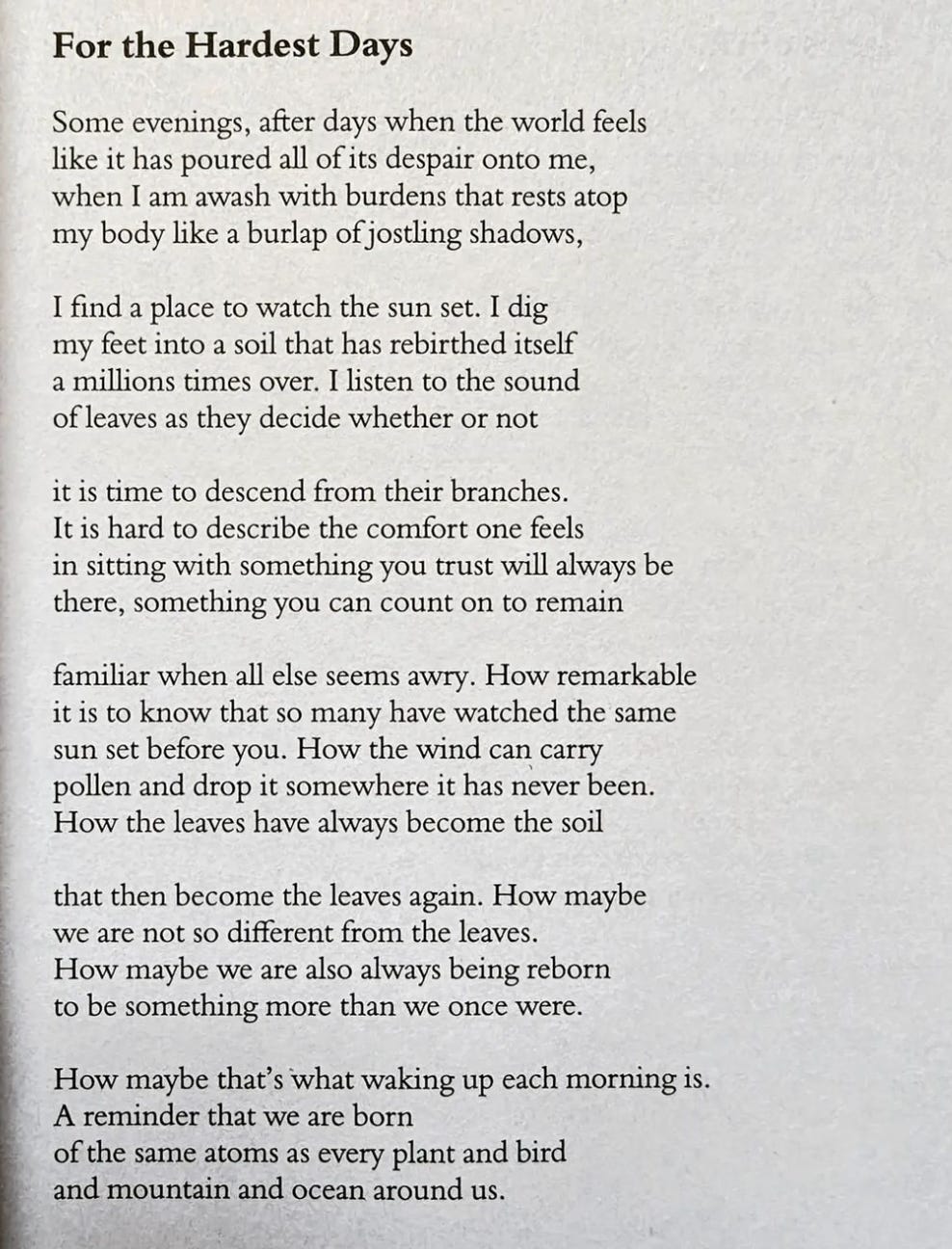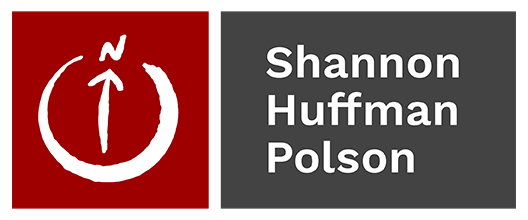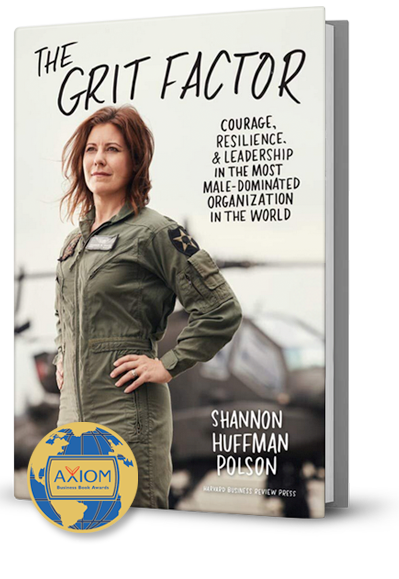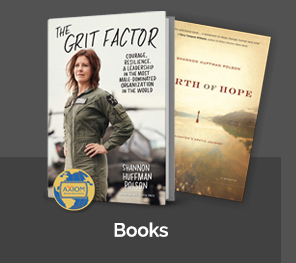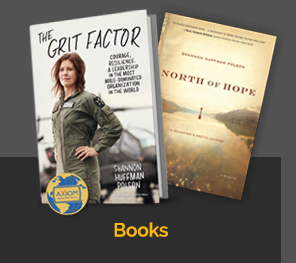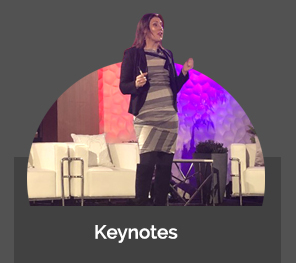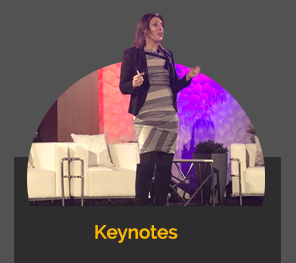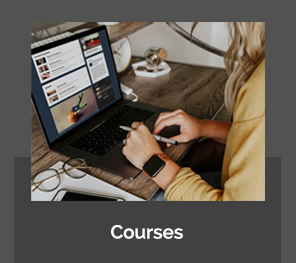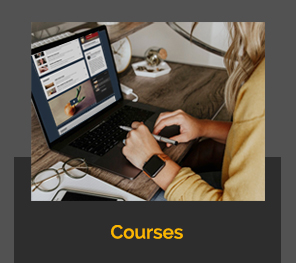- Building Courageous Leaders for a Better World
February 2023
February 2023
Last week I reconnected for a virtual coffee with Aaron Hurst, author of The Purpose Economy which I quote in The Grit Factor. We had met in Seattle at his office in Pioneer Square, a converted loft with artistically balanced grunge and modernism. Aaron's spiked hair, intent eyes and easy smile made for an immediate connection, and after our conversation I knew I’d met a kindred spirit on the journey of understanding and transformation with purpose as foundation to work and relationship. Aaron has moved on to a new venture now, and is exploring bringing purpose mindsets to schools. Given our transatlantic separation, we met via Zoom.
As it happens, I’m in the middle of reformatting the Going for Grit course for high school students— a six-week, hour or less a day after school program supported with videos, worksheets and more. As you already know from The Grit Factor, purpose is a key foundational piece of the grit triad— as is mindset. Bringing them together? Magic.
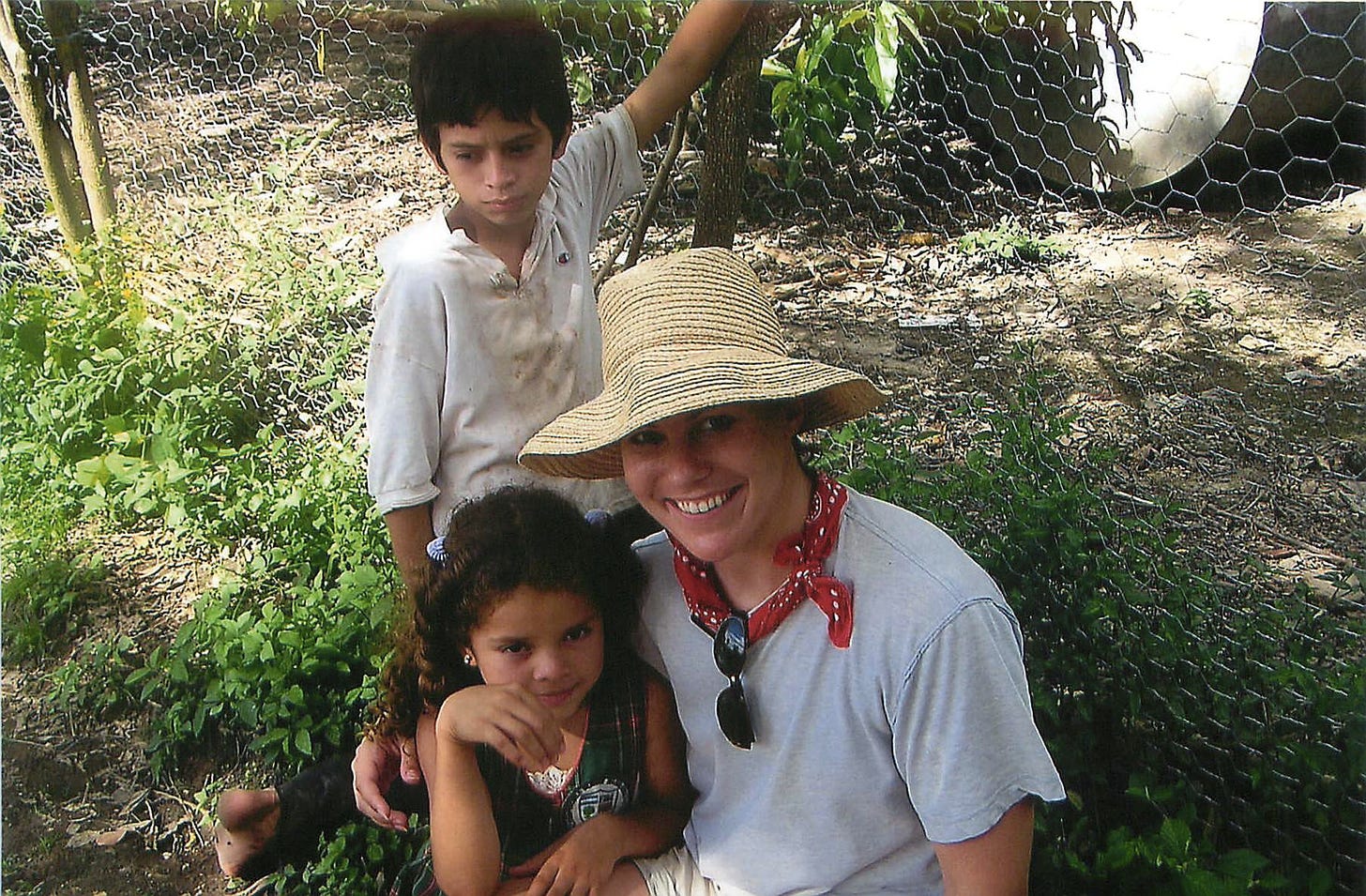
In El Salvador on an Agros volunteer trip in 2004
Purpose mindset draws from the many studies supporting the importance of purpose in our engagement, performance, satisfaction and ultimately connection to a meaningful life. In Hurst’s new work, purpose mindset is differentiated from the more common transactional mindset.
His website explains:
A purpose mindset is a set of beliefs that allow us to optimize our lives to be fulfilled and in service to people and the planet.
Given the enormity of the mental health crisis especially in young people, his work is critically important, and I’m excited to see the synergies between what he is doing and the work of The Grit Institute. As he works to get people familiar with the ideas, I’ll be helping by incorporating the term and work into current Grit Institute offerings.
The approach of purpose mindset puts definition to the problem I’ve been observing for years now— people of all ages, but most disturbingly younger people— who seem to be in despair. I don’t believe in despair, but this problem we’re seeing has a great deal to do, I believe, with how problems are presented— through the lens of hopelessness. In order to develop educated citizens (an important goal), schools (and adults) are presenting the status quo as end days, from climate to political division to cultural trends. One could hope this was just poor judgment by fatalists in various news sources, but it’s clearly a part of the classroom as well. If challenges are presented as fait accompli, what good is there in continuing on? Why even try?
Meanwhile, people (especially students) are encouraged to look inward, always inward, interrogating their own identity, instead of connecting themselves to something larger and finding their identity through service and contribution. No wonder everyone is in crisis. We are meant for connection to and participation in the greater good.
Instead, why not present problems connected to the question: how would you like to be involved in the solution?
In Paths 2 Purpose, the 6 week course I’ll be leading or the second year at the Tuck School’s Next Steps program and teaching a different form for Executive Education, one question I ask is: What breaks your heart? How might you be involved in making that better?
Personal agency is a critical piece of mental well being. Connecting each of us to broader issues in a meaningful way allows us to contribute to the common good— a good and necessary thing for both individuals and all of us as a collective society.
This connects to another important way we tell stories. Telling stories in a way that undercuts any person or people removes the sense of connection to their own stories. This becomes a loaded issue, but it shouldn’t; there is no reason everyone’s story might not include both acknowledgement of wrongs as well as a sense of pride and continuing improvement. In fact, telling the story of a people or a nation in a way that denigrates it removes the potential for agency and ultimately participation in our collaborative success.
For leaders, this may mean having open conversations with employees about their own purpose, bringing your employees through the Paths 2 Purpose learning journey together, connecting to the company purpose and connecting the company purpose to a greater global good. It is absolutely about ensuring your people have agency— the ability to work creatively to find solutions to complex problems.
How have you developed a purpose mindset among your people? How do you make it work in your family?
Hurst’s work with Purpose Mindset intends to make the concept and teaching of Purpose Mindset as ubiquitous as is growth mindset by 2030. Will you be a part of the revolution?
Get your start with Paths 2 Purpose— and help bring the benefits to your family and organization.
Did you catch my conversation with Siri Lindley? Listen in on her Bedhead Chronicles here!
Creative Inspiration
“How wonderful it is that nobody need wait a single day before starting to improve the world!” - Anne Frank
a poem by Clint Smith
